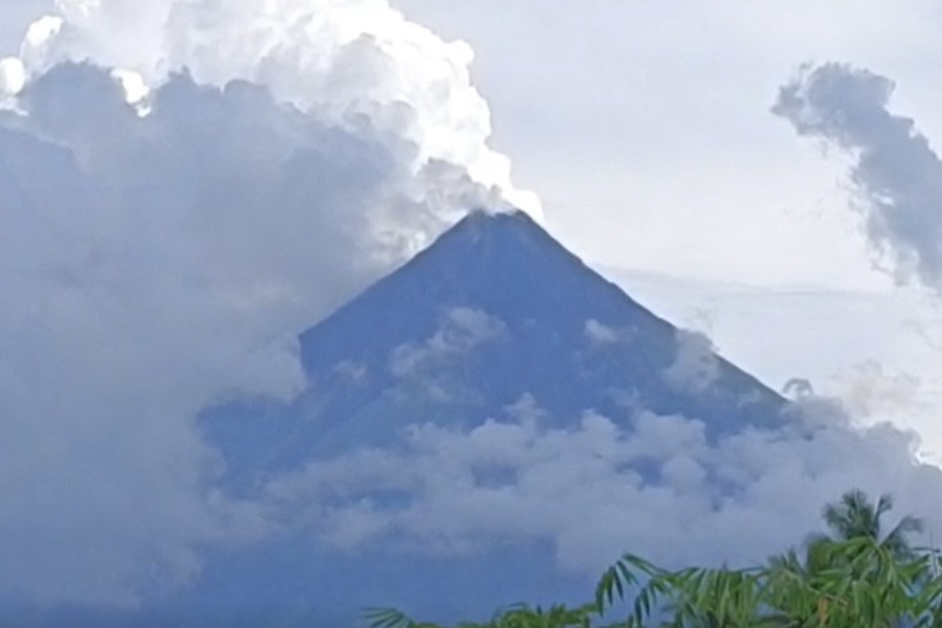The potentially high-volume rainfall that Super Typhoon “Pepito” (international name: Man-Yi) tends to dump in Bicol Region and Southern Luzon may trigger lahar flows, according to the Department of Science and Technology-Philippine Institute of Volcanology and Seismology (DOST-PHIVOLCS).
“Pepito can be expected to generate volcanic sediment flows or lahars, muddy streamflows or muddy run-off in rivers and drainage areas on the monitored active volcanoes of Mayon (Bicol Region), Pinatubo (Central Luzon), and Taal (Southern Luzon),” DOST-PHIVOLCS said.
Thus, the agency recommends strongly an increased vigilance and readiness of communities in pre-determined zones of lahar and related hazards on the volcanoes mentioned.
“Prolonged intense to torrential rainfall may generate post-eruption lahars on major channels draining Mayon Volcano by incorporating loose material from remnant pyroclastic density current (PDC) deposits from the January-March 2018 eruption,” DOST-PHIVOLCS pointed out.
“Mayon lahars can threaten communities downstream of Miisi, Mabinit, Buyuan, and Basud Channels with inundation, burial and wash away. Potential lahars and sediment-laden streamflows may occur along the Miisi, Binaan, Anoling, Quirangay, Maninila, Masarawag, Muladbucad, Nasisi, Mabinit, Matanag, Basud and Bulawan Channels in Albay Province,” the advisory issued on November 15, 2024 further said.
As for Pinatubo Volcano, prolonged and heavy rainfall may generate non-eruption lahars on major rivers draining on its western side where significant deposits on of the 1991 PDCs remain on the watershed.
“Pinatubo lahars are likely be channel-confined and occur on the upper to middle reaches of the Sto. Tomas- Marella and Bucao River systems but may transition to muddy streamflows and floods on the lower reaches and affect adjacent communities of San Marcelino, San Narciso, San Felipe and Botolan, Zambales Province. Muddy streamflows may likewise be generated along the O’Donnell and Pasig-Potrero River systems draining the Pinatubo edifice to the north and southeast, respectively and affect downstream communities in Tarlac and Pampanga Provinces,” the advisory added.
Prolonged and heavy rainfall may also generate muddy streamflow, muddy runoff and even volcanic debris flows around Taal Volcano, particularly on the slopes west and north of Taal Lake.
Old and loose volcanic deposits, already saturated from previous rains, may be remobilized in streams, roads and across the lake-ward slopes. In particular, muddy and debris flows can recur on previously affected communities of Agoncillo, Laurel and Talisay, Batangas Province.
Communities and local government units of the above identified areas of risk are advised to continually monitor the typhoon conditions and take preemptive response measures for their safety from #PepitoPH, DOST-PHIVOLCS also said.



